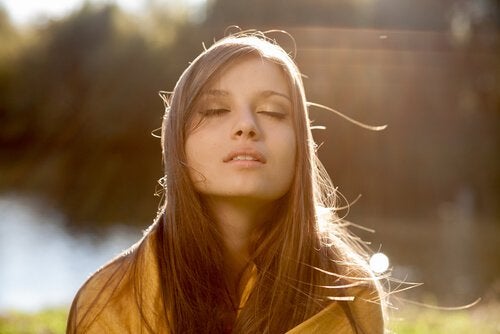To be considered beautiful or not is an abstract personal subject related to many other aspects. A woman considers he heses he or she is subjectively interpreting that she has good health, sensuality and body symmetry. Believing and feeling beautiful produces feelings of attraction and emotional well-being in women.
A woman is considered beautiful individually or by consensus of society, often based on a combination of inner beauty, which includes psychological factors, and outside beauty, which includes physical factors. Outer beauty is often measured on the basis of a general consensus or group. In turn, inner beauty is much harder to measure.
- The image we have of our body is a mental representation of the silhouette.
- Shape and size of the body; is influenced by historical.
- Cultural.
- Social.
- Individual and biological factors that vary over time.
- Cultural norms about the ideal of beauty play an important role in the relationship between women’s physical appearance and self-esteem.
Beauty does not make those who possess it happy, but those who can enjoy it.
A classic Garner study of 4,000 people found that 56% of women were dissatisfied with their physical appearance, 89% wanted to lose weight and 15% had used weight loss strategies for at least five years of their lives.
If 89% of women want to lose weight, it shows how fictional and inaccessible the ideals of feminine beauty are. For genetic and biological reasons, there are many types of beauty. Compared to impossible measures, only 10% of the population can take it by biological factors, we will always be “ugly”. Similarly, models with “ideal” measures for fashion also show dissatisfaction with their bodies, such as Irina Shayk, who confessed that she already felt ugly and insecure about herself.
Women who don’t feel beautiful develop passive emotional coping strategies when they look in the mirror and see their image; in turn, active emotional coping strategies refer to actions to control the situation; this behavior would be associated with physiological arousal to allow our resources to manifest, for example, to combat stress.
Recent studies have shown that a woman’s body mass index has less influence on the perception of her image, so a woman who has “standard measurements,” if she makes a passive adaptation of her body, won’t feel beautiful. , if a woman whose measurements are considered outside the normal standard actively confronts her body, she will probably feel beautiful because she has a positive perception of her image.
“Everything has its beauty, but not everyone can see it. “Confucius?
Today, the western beauty standard emphasizes extreme thinness, as a female prototype of body image. This ideal of beauty, both inaccessible and extreme, is accepted and internalized by many women, which negatively influences the image of themselves.
Social comparison influences the development of the concept of self in late childhood and adolescence. Women who do not have the ideal body ?, such as advertising and media sell us anxiety and suffer for their physical appearance, while developing a negative self-image.
A woman’s negative self-concept influences how she copes with her self-image. We develop our self-image through interaction with others. The environment in which we live plays a very important role. If women receive daily information about the appearance of their bodies, their self-image will be affected if they do not control their resources and strengths.
In addition to the exterior beauty, sometimes there is also a forgotten inner beauty. A person may seem and feel more attractive because of its internal psychological characteristics, such as consistency, elegance, charm, grace, integrity, intelligence, personality and kindness. at the end of the day, our self-reliance will make us feel more beautiful.
“The beauty you attract rarely corresponds to the beauty you fall in love with. “Ortega and Gasset?

